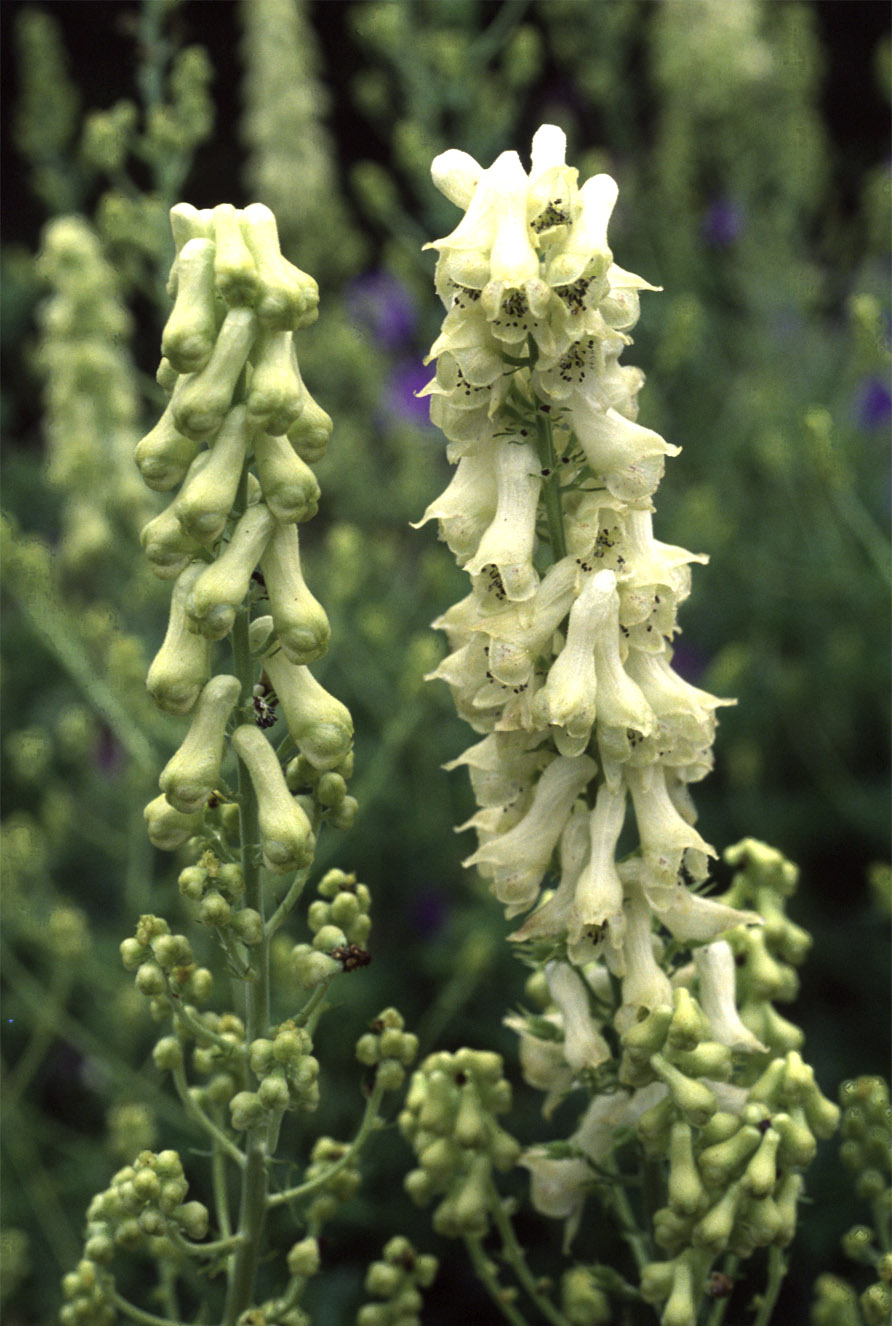

So, what happens if you touch monkshood? It can ultimately lead to death.
Wolfsbane poisoning skin#
These crystals can cause intense irritation if they come into contact with the skin or inside your mouth, so it’s best not to put the root in your mouth. The root of the plant contains calcium oxalate crystals known as raphides. Exposure to monkshood can be fatal even in small amounts, though the antidote found in ergot may be effective in treating monkshood poisoning. Monkshood poisoning can occur when the plant is ingested or even by absorption through the skin or mucous membranes contact should be avoided at all costs. Other sources list it as 1,000 times more potent than strychnine. Aconitine is approximately 12 times more toxic than aconine and is considered to be the most potent neurotoxin that occurs naturally in plants. Monkshood contains two groups of chemicals known as alkaloids: aconitine and aconine. However, it is both deer and rabbit resistant. Monkshood flowers are also believed to have been worn by early Christian hermits as protection from animal attacks because of their strong odour, which repels many insects and small animals.Īll parts of the monkshood plant are poisonous to humans and livestock, especially the roots and seeds.The specific name “napellus” is derived from Latin and means “little turnip”.Due to its severe toxicity, monkshood was used as poison for arrow tips by the Romans and Greeks during ancient times. The generic name “aconitum” derives from the Greek word akon, which means dart or javelin, in reference to its spear-shaped leaves.The name “devil’s helmet” comes from the poisonous nature of monkshood.“Monkshood” refers to the shape of its flower, which resembles a hood worn by medieval monks.The name “fool’s parsley” comes from the belief that only a fool would eat this plant.It used to be called wolf’s bane because of its use by shepherds for protection against wolves, who would mix the ground root into meaty bait for wolves to protect their livestock from the hated animals.


Aconitum napellus goes by many different names, and each one of them has its own history with this notorious plant: People often ask, “What is the difference between monkshood and wolfsbane?” In the UK, it is a rare and declining plant.
Wolfsbane poisoning full#
It grows in mountain meadows throughout the northern hemisphere between 1000 – 3000 m above sea level and can handle both full sun and afternoon shade. It has also been introduced into Australia. Monkshood is native to Western and Central Europe (Britain and Northern Europe), North America (Canada and the United States), Northern Asia (Siberia), Japan, Korea, Scandinavia (Sweden) and New Zealand. It is vital to note that there are several types of monkshood aconitum plants with different toxicity levels which could lead to accidental death if the wrong type is handled or ingested. Its flowers are arranged in a whorl of three, with the sepals and petals spreading in opposite directions at ground level, the stamens butting up against the circle of petals.įinally, monkshood can look very similar to several non-toxic plants such as foxglove, making identification important. Sometimes instead of blue, you may come across white or yellow flowers instead. IdentificationĪconitum napellus (monkshood) is of a small size, with dark green leaves and deep blue flowers at the top of each long and erect stem. It is one of the most poisonous plants in the world, and is a potent neurotoxin that can be fatal if ingested. It is also known as wolfsbane, old wives hood, soldiers helmet, dogs bane, devils hood, devils helmet, blue rocket, mousebane, queen of poisons, and aconite. It is native to Europe and North America introduced to Australia, New Zealand and parts of East Asia, where it is considered invasive because it has displaced native plants. Common monkshood is a perennial herb belonging to the genus aconitum and family Ranunculaceae.


 0 kommentar(er)
0 kommentar(er)
